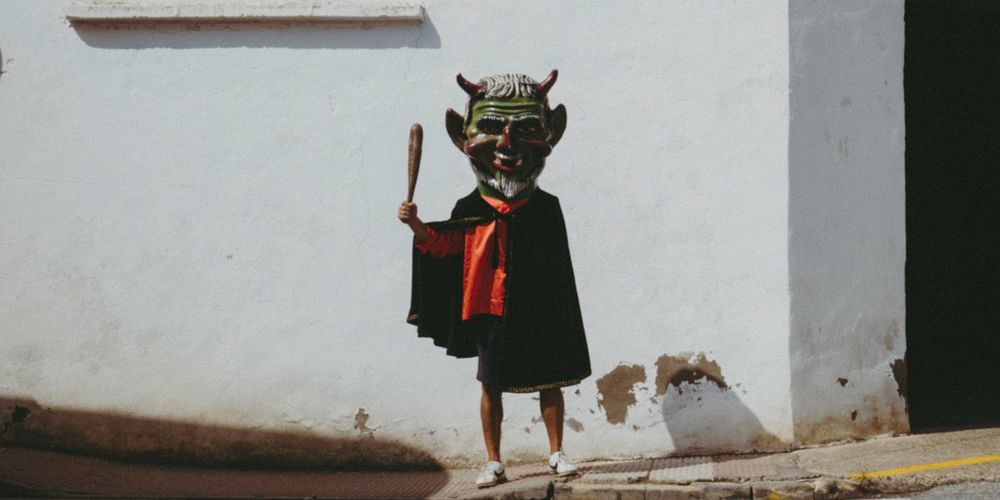
Máté Horesnyi: Bienvenido Mister Extranjero!
The exhibition Bienvenido Mister Extranjero! captures the essemce of Spanish cultural events, with a special emphasis on the captivating yet timeless energy of the festivities. Máté Horesnyi brings an Eastern European perspective to iconic celebrations such as the Fallas and Sanfermines, which evoke primal power and mythical traditions. The painterly cavalcade of vibrant lights and moving figures in his photographs offers a modern analogy to Goya's world, navigating the boundary between reality and imagination.
The exhibition is free to visit in the PaperLab Gallery.

Schedule
Máté Horesnyi graduated from Budapest Metropolitan University (METU) with a Master’s in Animation in 2021, completing his studies with the film The Lesser of Two Evils, an adaptation of Attila Hazai’s short stories. His thesis was showcased at several prestigious international festivals, including Animafest in Zagreb, Mecal Pro in Spain, Monstra and Cinanima in Portugal, and Chilemonos in Chile. The film won the Prix de la Contre-écriture at the Paris International Animation Film Festival (PIAFF) and the Special Prize of the Hungarian Film Critics at the Kecskemét Animation Film Festival. Máté also worked as a storyboard artist for László Csáki’s animated with documentary elements Blue Pelican. In 2018, he won the grand prize in the Hungarian House of Photographers' photo competition “Weegee’s Night,” receiving a Leica camera, which he used to capture the images presented here.
The exhibition Bienvenido Mister Extranjero! captures the essemce of Spanish cultural events, with a special emphasis on the captivating yet timeless energy of the festivities. Máté Horesnyi brings an Eastern European perspective to iconic celebrations such as the Fallas and Sanfermines, which evoke primal power and mythical traditions. The painterly cavalcade of vibrant lights and moving figures in his photographs offers a modern analogy to Goya's world, navigating the boundary between reality and imagination.
The simplicity and technical sensitivity of the Leica compact camera were defining characteristics of the creative process. The camera's slow shutter speeds and subtle motion blur transformed the images into compositions that were almost organic paintings in nature. Captured this way, the scenes convey a sense of timelessness, as though we are a part of a story that has never been told but will endure forever. The 26 photographs on display at the PaperLab Gallery are not merely a visual experience; they also serve as a cultural reflection, establishing connections that transcend time, space, and tradition.
Hungarian House of Photography - Mai Manó House
Mai Manó House – The Hungarian House of Photographers – operates in a studio-house built at the end of 19th century, for the commission of Mai Manó (1855-1917), Imperial and Royal Court Photographer. This special, eight-story neo-renaissance monument is unique in world architecture: we have no knowledge of any other intact turn-of-the-century studiohouse. In addition, it serves its original goal, the case of photography again. The aim of Mai Manó House is to advance the development of Hungarian photography and raise photography’s national prestige as a distinct form of art. The institution plays a marked role in the cultural life of Budapest and Hungary, while the organization of exhibitions and programs abroad is getting more and more emphasis within its activities. The reputation of justly world-famous Hungarian photographers of the 20th century offers a great opportunity to regain our old status in the world of photography by the introduction of the generations following those great masters
